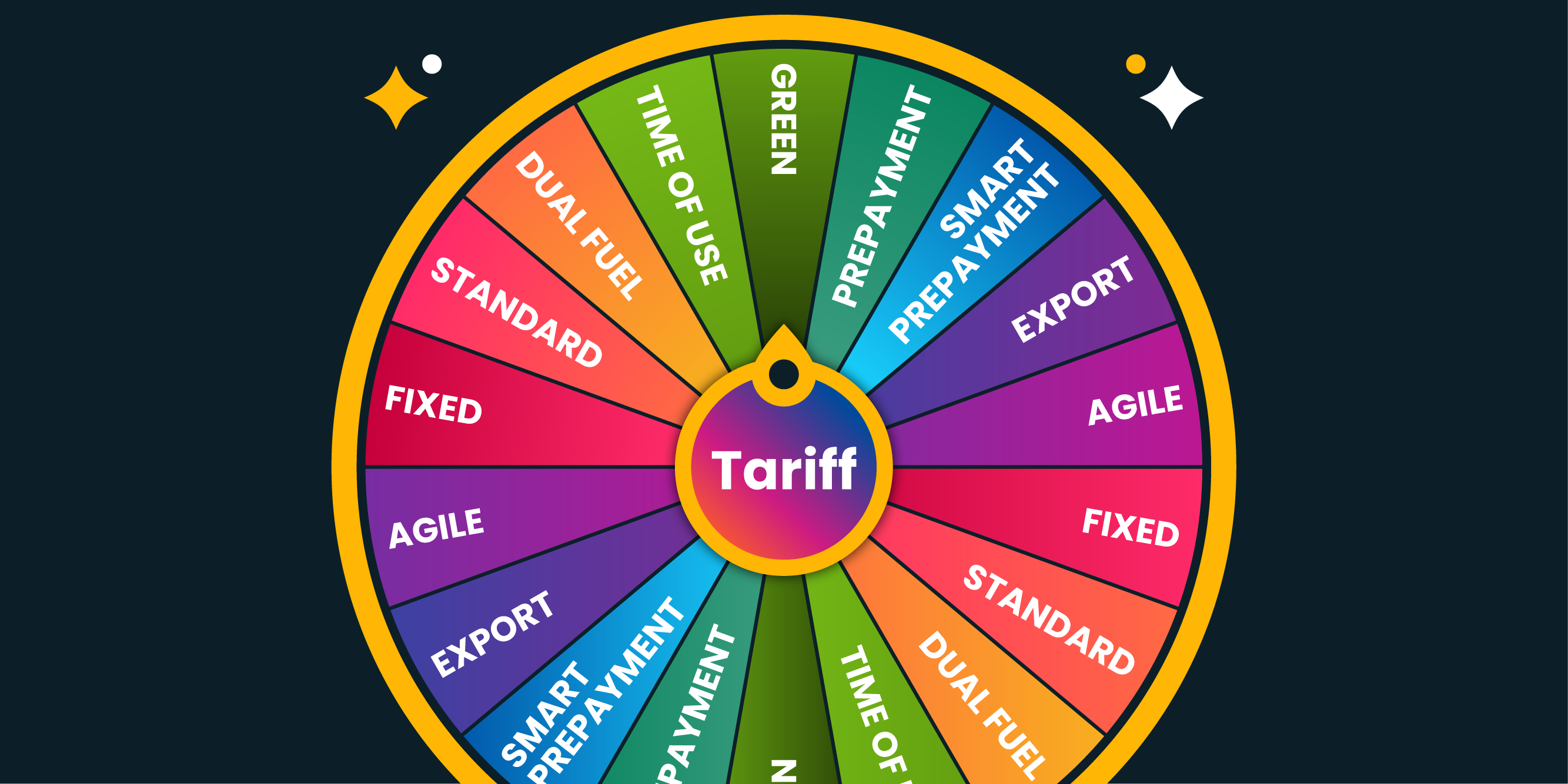Which Tariff is Right for You?
Switching your tariff can feel overwhelming, especially after the energy crisis, when it didn’t offer much benefit. But now, with fixed energy deals making a comeback and wholesale prices dropping, switching could be a great way to lower your energy bills.
If you're unsure about the differences between tariffs, like dual fuel and standard variable, this guide will help you confidently choose the best one for your needs!
Wasted energy makes up 30% of the average energy bill - do something about it! Get more from your smart meter with Loop.
Fixed Tariff
A fixed tariff does exactly what it says - it locks in your energy price for the duration of the contract, usually a year. This means you're protected from any price cap increases. However, if prices drop, you won’t see those savings.
Most fixed tariff contracts last for 12 months, and if you decide to switch more than 49 days before the contract ends, you may have to pay an exit fee.
Standard (Variable) Tariff
A standard or variable tariff is your supplier’s default plan, where the price you pay changes with the energy market. This means your bills can go up or down depending on market conditions.
It’s usually the most expensive option, and many customers are automatically moved to this tariff when their fixed-rate deal ends.
Dual Fuel Tariff
A dual fuel tariff offers convenience by providing both gas and electricity from the same supplier. You’ll receive a single bill, making it easier to manage, and some suppliers even offer discounts for combining both services.
Time of Use Tariff
Contrary to popular belief, energy prices don’t automatically vary throughout the day - unless you’re on a specific time-of-use tariff. These tariffs offer cheaper electricity during off-peak hours, but rates during peak times can be higher.
The two most common time-of-use tariffs are:
- Economy 7: Cheaper electricity for seven hours, typically between midnight and 7 a.m.
- Economy 10: Offers ten hours of off-peak pricing spread across the day.
Green Tariffs
An increasing number of suppliers are offering green tariffs that provide energy from renewable sources. Some companies, only buy renewable electricity, so all of their customers are on a green tariff.
Money Saving Expert warns that for those who want a completely green tariff, costs could be up to £400 a year more than standard non-green tariffs.
Prepayment Tariff
Around 4 million energy customers in Britain are on prepayment meters. With prepayment meters, customers pay upfront for gas and electricity using tokens, cards, or keys. Most suppliers offer prepayment tariffs, and while some may be slightly cheaper than others, it’s essential to compare rates.
Standard prepayment prices are now a bit lower than direct debit rates due to government reductions in standing charges. However, it’s worth checking if you qualify to switch to direct debit, as energy companies are reintroducing fixed deals.
Smart Prepayment Tariff
Certain suppliers, like Octopus, now offer smart prepayment options. This requires a smart meter but provides numerous advantages, including the ability to top up online, monitor your energy usage, and check your remaining credit effortlessly.
Export Tariff
Export tariffs are designed for households with solar panels, allowing them to earn money by exporting excess energy back to the grid through the Smart Export Guarantee (SEG). These tariffs reward you for the energy your solar system generates and sends out.
Agile Tariff
Agile tariffs are designed to adapt to changing energy prices, helping you take advantage of lower rates when demand is low. With prices updated every half-hour, you can plan your energy use accordingly. In some cases, you might even earn money for using energy when there’s a surplus.
If you're concerned about sudden price spikes, Octopus's Agile tariffs include a price cap, so you won't pay more than £1 per kWh. These tariffs also support a greener future by reducing the need for fossil fuels during busy times, rewarding you for using energy when it's cleaner.
• • •
Cut Your Energy Bill With Loop
Loop is a FREE energy-saving app that links to your smart meter, analyses your energy use and shows you easy ways to save. On average, Loop users cut their energy use by 15%! How much could you save?











